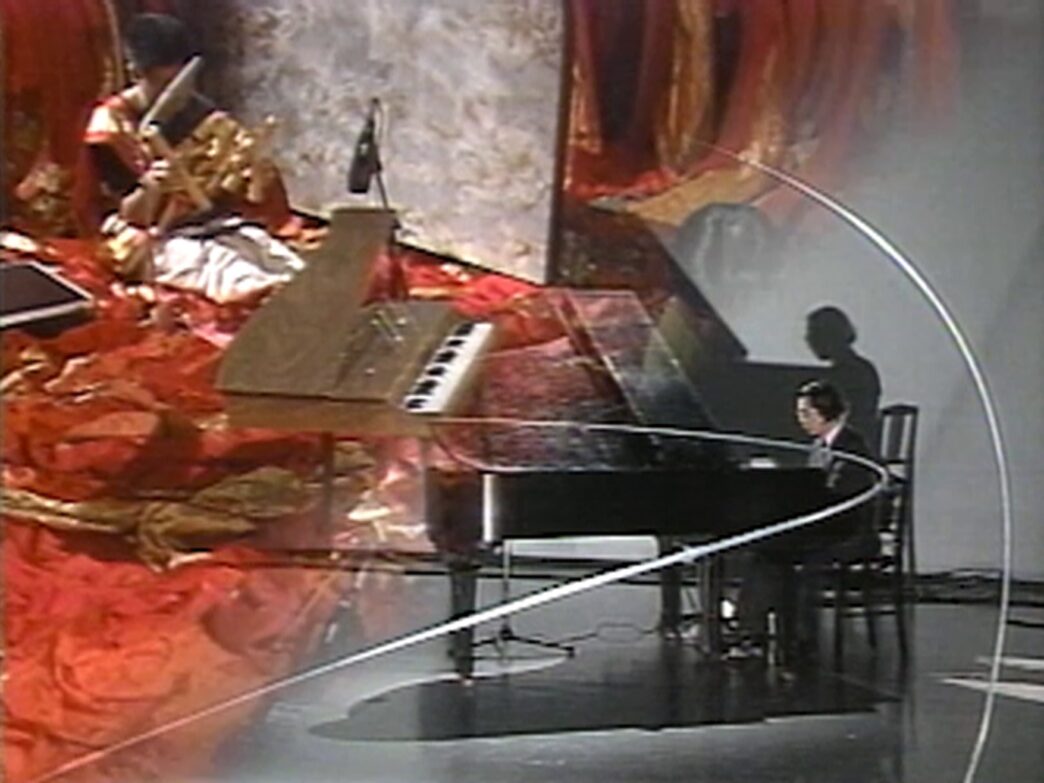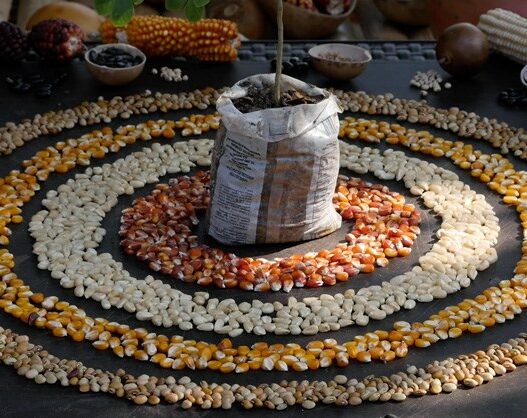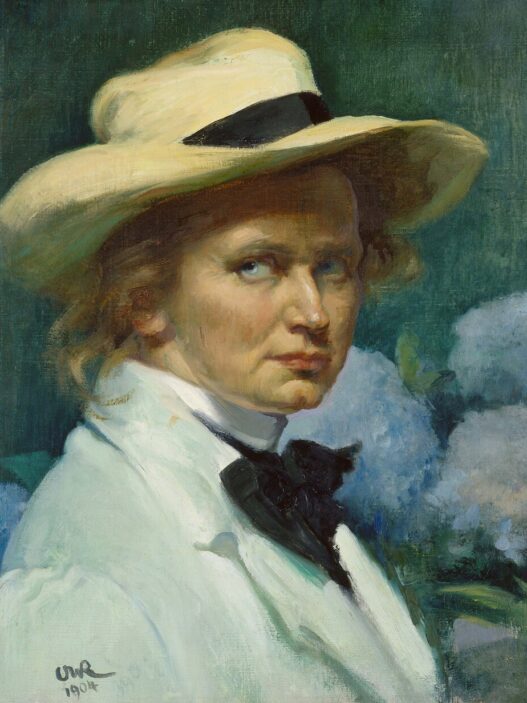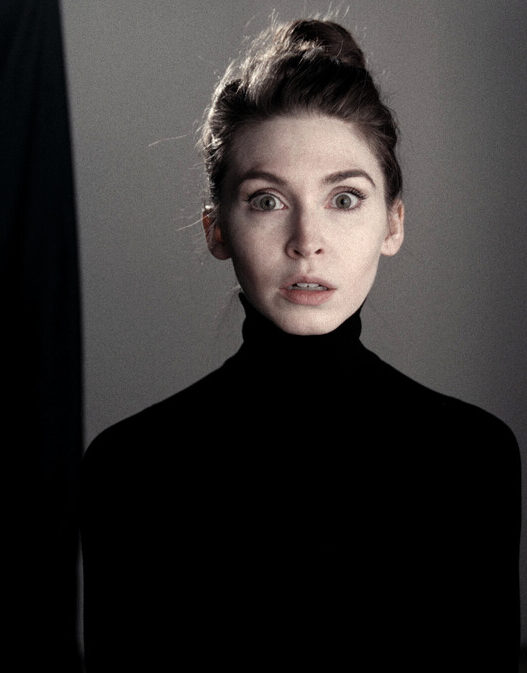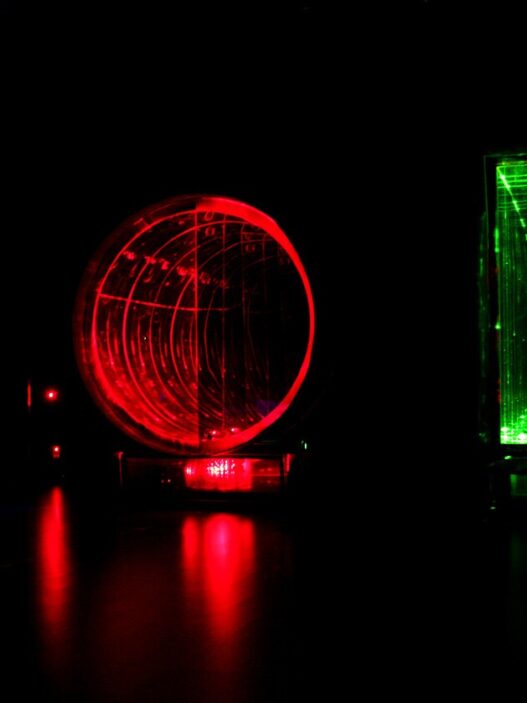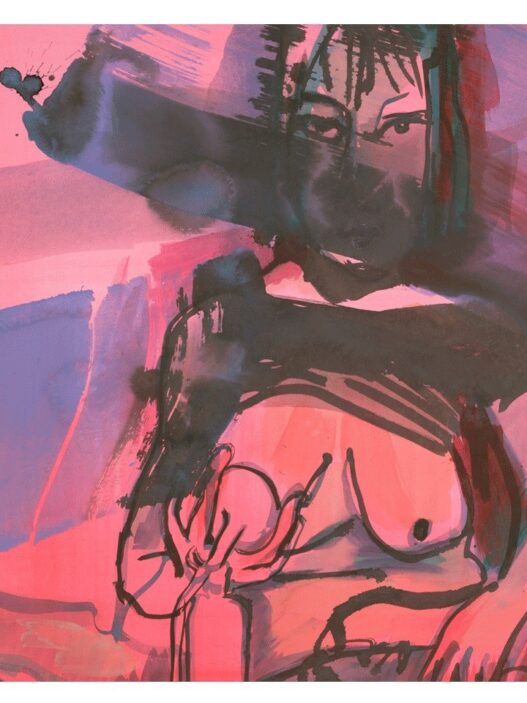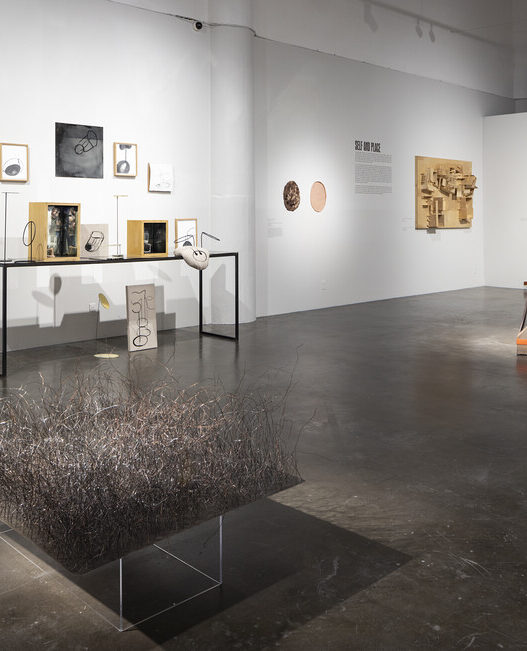July 19–August 26, 2022
The second and last part of Art in Process, a look at Nam June Paik’s (1932-2006) body of work, is proudly presented by Gagosian. Through a variety of works spanning from early excursions into multimedia to late paintings and video sculptures, the first section of the exhibition, which is on display at Gagosian’s 555 West 24th Street location through July 22, 2022, analyzes Paik’s practice as it grew over four decades. From July 19 through August 26, 2022, Gagosian’s Park & 75 site will host the exhibition Art in Process: Part Two, which includes three of his 1980s satellite broadcasts in addition to a number of sombre and personal “late style” televisions.
Art in Process is the gallery’s second solo exhibition of Paik’s work, following the 2015 presentation of The Late Style in Hong Kong. It follows The Future Is Now, a retrospective organized by Tate Modern and the San Francisco Museum of Modern Art (SFMOMA) that was presented at Tate Modern, London, and traveled to the Stedelijk Museum Amsterdam, SFMOMA, and National Gallery Singapore in 2021 and 2022. Art in Process is curated by John G. Hanhardt, who also organized the retrospectives Nam June Paik at the Whitney Museum of American Art, New York (1982), and Nam June Paik: Global Visionary at the Smithsonian American Art Museum, Washington, DC (2011), in addition to The Worlds of Nam June Paik at the Guggenheim Museum (2000).
Paik created multimedia works that elevated television technology into the category of fine art by fusing his early background in classical music and his interest in musical composition with innovative, collaborative approaches to aesthetics and performance. He was born in Seoul and relocated to West Germany in 1956, where he joined the Fluxus movement and rose to prominence. He moved to New York eight years later, solidifying his position in the 1960s counterculture and avant-garde groups. The foundation for a worldwide notion of art that encompassed painting, sculpture, performance, music, and electronic images was built by Paik’s extensive social network and international background.He fostered moments of overlap, exchange, and synergy between the human body and its technology analogues, making him an increasingly significant and prescient figure in today’s world of mass media and artificial intelligence.
Paik’s satellite pieces were once-off public television broadcasts that were later displayed at Park & 75 in modified form as digital projections. The shows “turned live television into Fluxus showcases on a global scale,” according to Gregory Zinman in the exhibition guide, “careening between aim, catastrophe, and relatively joyful accidents.” The first episode of the series, Good Morning, Mr. Orwell, aired to a global audience of more than 25 million people on January 1, 1984. An upbeat riposte to George Orwell’s 1984, it featured live and recorded performances by Laurie Anderson, Joseph Beuys, John Cage, Merce Cunningham, Salvador Dalí, Charlotte Moorman, and the Thompson Twins, as well as Dean Winkler and John Sanborn’s Philip Glass–scored video, ACT III. It was, recalls Zinman, a “Day-Glo variety show of electronic psychedelia.”
The show is complemented by a richly illustrated catalogue with essays by John G. Hanhardt and Gregory Zinman as well as a collection of rarely seen archive images capturing Peter Moore’s (1932-1993) earliest performances of Paik, which took place between 1964 and 1977.
Gagosian New York
821 Park Avenue
New York, NY 10021
+1 212 796 1228
[email protected]
Hours: Monday–Friday 10–6










